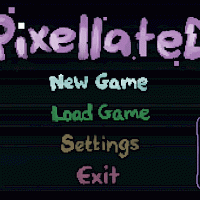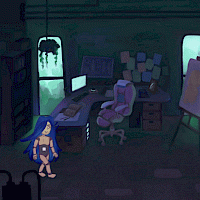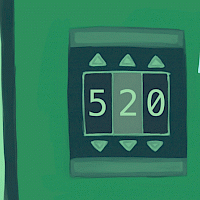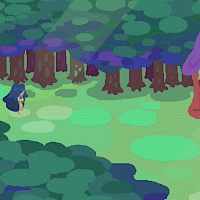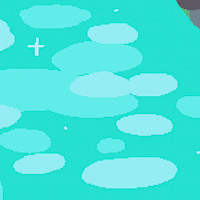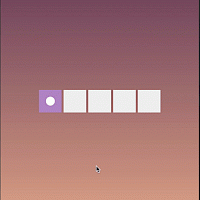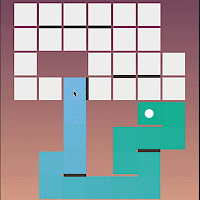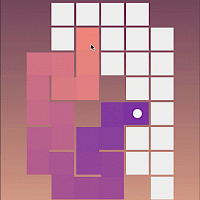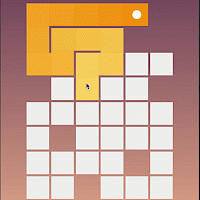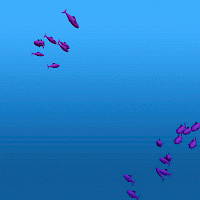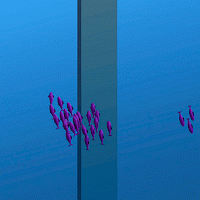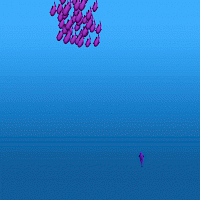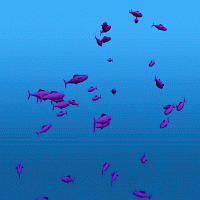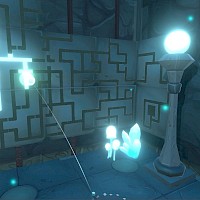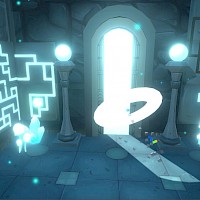Pixellated was the final semester project for myself and Zahraa Al Zubaydi. The concept and art of the game was developed by Zahraa, and I joined the project as programmer and collaborator. Pixellated is about a cyborg child who travels between two different dimensions and explores the mysteries of these two contrasting worlds. It is a narrative based game incorporating some puzzles and mini games. The game was developed as a vertical slice of a larger narrative that we hope to continue working on.
In the production of the game I was responsible for all the programming and building the game in Unity. Some important features that I contibuted include:
- Modular programming - making sure that code could be easily reused in different scenarios, as the game was still being developed.
- Dialogue system - I decided to implement my own system for dialogue which consisted of two types of conversation: simple (non-branching) conversations that would sometimes repeat, and multi-part conversations with branching.
- A basic inventory - to allow the player to pick up items, and use them at specific points in the game.
- FMOD implmentation of music and sound - the sound effects and music are all reactive based on player location and certain triggers.
- Lighting effects - using Unity 2D lighting to better situate the character in the environment, without having to use different sprites. Also used to simulate sunlight.
- Shaders - using Shader Graph in Unity to create a wind effect on a tree sprite, and a static glitchy effect for the main menu.
- A save/load system - that would load the player into the correct location, have the correct items in the inventory, and not load one-time events that had already happened.
It was shown at the RMIT Games 2019 Graduation Showcase and was featured in an article about the event on Checkpoint gaming. The vertical slice is available to download on itch.io.
